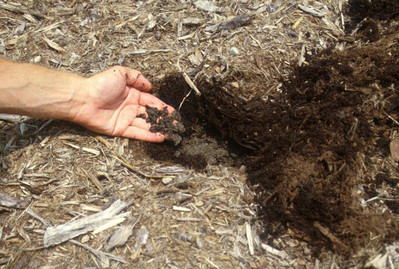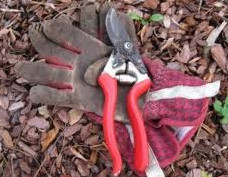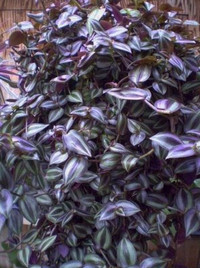Pruning your plants is necessary for proper plant growth and development.
A properly and regularly pruned plant will be stronger and more disease resistant than one that is not.
What is Pruning?
Pruning is the removal or reduction of plant material that is dead, diseased or no longer needed.
By removing this, this helps to conserve the plant’s energy back into the healthier parts of the plant and the plant will then channel that energy into new growth, flowering, fruit production and overall development.
To a novice, pruning may seem a cruel or difficult task, but in essence it is one of nature’s foundations of ensuring healthy growth. In nature, pruning is done by strong winds or other natural events. However, in urban gardens, we cannot rely on nature to prune all of our plants.
Considerations When Pruning

When you begin to prune your plants, here are the objectives to keep in mind:
- remove dead or diseased areas
- remove damaged areas
- repair injuries
- stimulate new growth
- balance branches
- induce flowering or fruit production
- elimination of safety hazards
- provide additional sunlight for plants and grasses below
- maintain shape
Heavy pruning, the kind that initiates growth, should be done in early spring and summer. Pruning heavily in Fall or Winter will place the new growth at a risk to damage by temperatures. Light trimming, however can be done year round, especially with evergreens. If you’re just beginning, it’s always best to trim too little than too much. You can always go back to remove extra.
Pruning Tools

Some suggested tools for pruning are:
- pruning shears
- lopping shears
- hedge shears
- orchard saw
- pruning saw
- pole pruner
- pole saw (pictured)
Before you prune, be sure to observe the growth habits of the plant; does it lean? It is starting to grow uneven? Are parts of the plant not receiving adequate sun?
These factors need to be determined to assist you in proper pruning. Try to develop shapes that allow adequate light and ease of growth for the plant.

 There are also some
There are also some  Some synthetic mulches might include:
Some synthetic mulches might include:

 Techniques to water your yard to ensure that the moisture is reaching the plants:
Techniques to water your yard to ensure that the moisture is reaching the plants:







